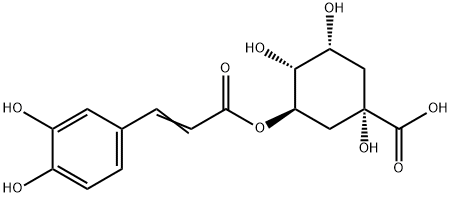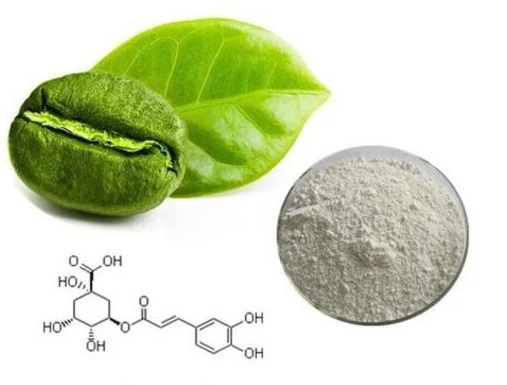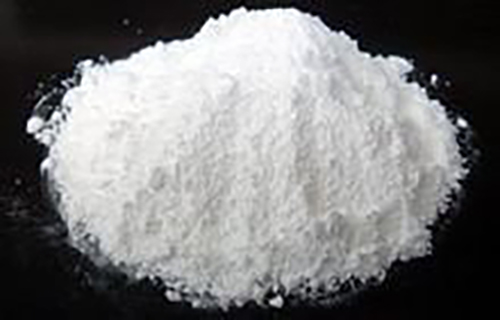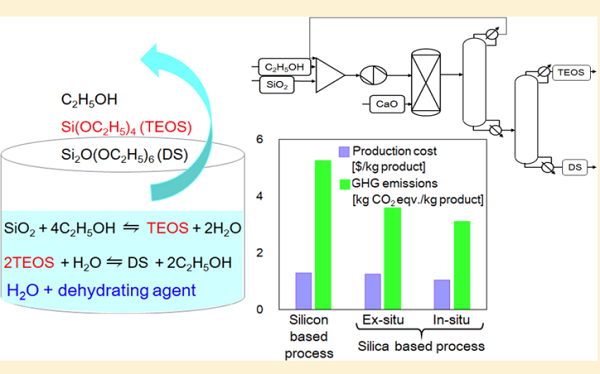Chlorogenic Acid: A Multifaceted Compound with Broad Applications in Chemistry
Chlorogenic acid is a compound found in a wide variety of foods and beverages, including fruits, vegetables, olive oil, spices, wine, and coffee. It is also found in tobacco leaves.
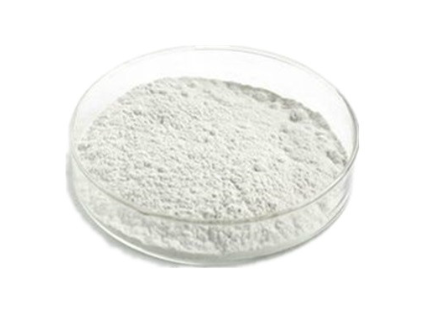
Properties
Chlorogenic acid appears as a crystalline solid or a yellowish powder and has a molecular weight of 354.31 g/mol. The compound is highly soluble in water, ethanol, and methanol, and exhibits a melting point around 205-210°C. It is thermally unstable and is readily decomposed to quinic acid and caffeic acid. Chlorogenic acid is known for its strong antioxidant activity, which is attributed to its ability to scavenge free radicals and chelate metal ions.
Uses
Chlorogenic acid (CGA) shows significant protection in cardiovascular diseases (CVDs), type 2 diabetes, and inflammation-related conditions. Recently, CGA is coming up as an alternative option to treat various neurological diseases such as Alzheimer's disease (AD) and neuropathic pain.
Biosynthesis
The biosynthetic precursor to chlorogenic acid is 4-coumaroyl-CoA, containing a single hydroxyl group on the aryl ring, which in turn is produced from cinnamic acid. The hydroxylation of the coumaryl ester, i.e. installing the second hydroxy group, is catalyzed by a cytochrome P450 enzyme.
Safety
Chlorogenic acid has not been approved as a prescription drug or food additive recognized as a safe ingredient for foods or beverages.There is not enough evidence to determine whether it is safe or effective for human health, and its use in high doses, such as excessive consumption of green coffee, may have adverse effects.
Related articles And Qustion
See also
Lastest Price from Chlorogenic acid manufacturers
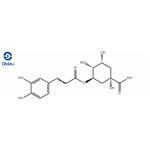
US $0.00-0.00/KG2025-11-29
- CAS:
- 327-97-9
- Min. Order:
- 1KG
- Purity:
- 98
- Supply Ability:
- 10000KGS
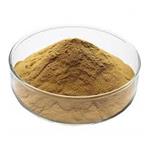
US $1200.00-1100.00/ton2025-10-13
- CAS:
- 327-97-9
- Min. Order:
- 1ton
- Purity:
- 99%
- Supply Ability:
- 1000T/M
